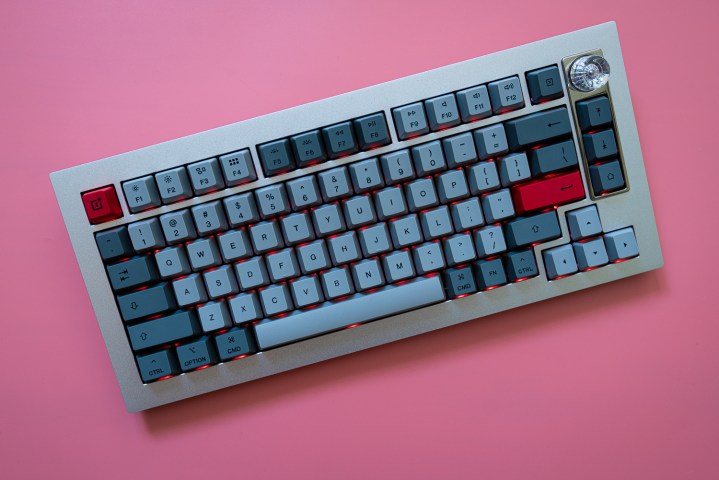
I don’t get excited about keyboards much these days. There are so many good ones out there and little in the way of innovation. No surprise, then, that I wrote off the OnePlus Keyboard 81 Pro immediately after it was announced. How good could a keyboard from a phone company be anyways? Boy, was I wrong.
Like any new keyboard, I pulled the Keyboard 81 Pro out of the box and drummed my fingers along the keys, expecting a harsh, unpleasant smattering of plastic and squeaky springs that I’d heard many times before. This stock mechanical keyboard feel isn’t bad, but I’ve become a keyboard snob over the past few years (and yes, feel free to roast me for that fact). But I didn’t hear that sound or feel that feel. The Keyboard 81 Pro was quiet.
It sounded perfect — it was that sound, the one that you hear from those ASMR TikToks and YouTube shorts. It was subtle but thick. Boisterous but tame. It was that sound that lesser keyboards strive to achieve but generally fall short of. It was a sound and feel that I wanted to come back to. Even after a few days out for a trip, I was actively thinking about getting back to my desk to type up half a dozen articles on the keyboard.
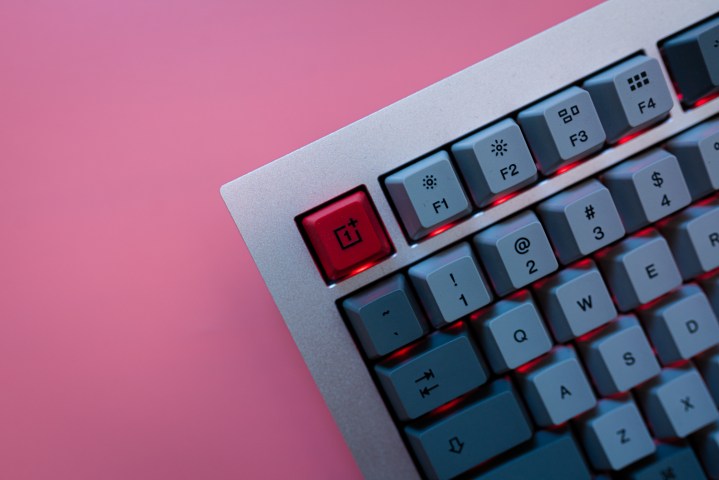
High praise, for sure, but let’s bring the Keyboard 81 Pro back down to Earth. It’s a mechanical keyboard that was co-developed by OnePlus and Keychron. That’s an important description because, according to the company, this isn’t just a Keychron board with some branding slapped on top. “It is a unique keyboard,” is what OnePlus told me.
From what I can tell, the basis of the keyboard is Keychron’s Q1 Pro. It’s the same 75% layout, it comes with a volume knob, and critically, it includes a double gasket mount. For me, a gasket mount is a must-have for any keyboard. It situates the plate between sets of rubber gaskets, offering a bit of levity when you type. You don’t actually feel the keyboard moving as you type, no. It’s a feel, offering a bit of push and pull that is more comfortable to type on for long sessions.
This is a double-gasket mount. That just means it has twice as many gaskets for more push and pull. The result is a keyboard that feels remarkably smooth to type on, even when you slam on your keys like I do. It feels like you can glide across the keyboard without any regard for how hard you’re pressing.

There are a few other things the Keyboard 81 Pro inherits from the Q1 Pro. It supports Windows and Mac with keycaps for each and a toggle on the back of the keyboard, and it supports wired or Bluetooth modes with up to three devices. It also is fully hot-swappable, so you can change out the key switches, and it comes with a south-facing PCB, allowing the customizable RGB lighting to shine through. And don’t worry, you can still reassign RGB and remap keys through QMK and VIA, just like you can with the Keychron board.
So, what in the world did OnePlus do? For starters, there’s the branding. Sure, the Keyboard 81 Pro has a few unique keycaps, but it also has a glossy aluminum plate over a few keys on the right side, along with a transparent volume knob that’s domed in the center, making it easier to press. There’s also the unique hinge design, which is a single adjustable bar around the back of the keyboard. It doesn’t really change the functionality outside of giving you more options for your typing angle, but it definitely looks cool.
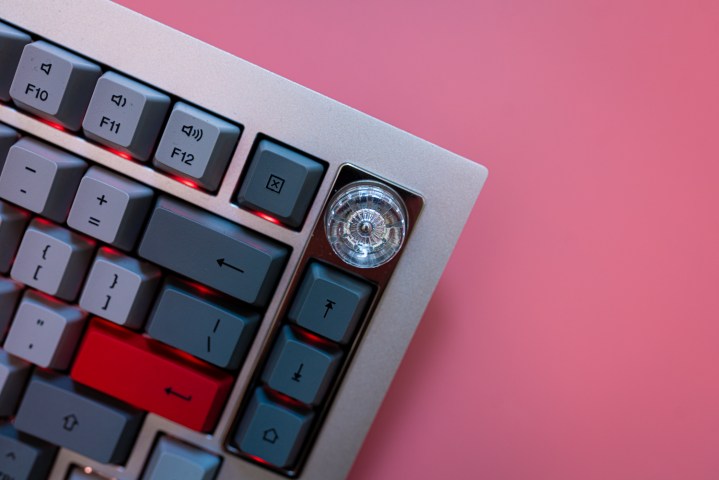
But there’s more. First is the Marble-mallow material OnePlus used for the keycaps. I’m not sure what material or process these keycaps use, honestly, but they feel fantastic. True to OnePlus’ claims, they feel soft to type on. I know that sounds strange given that you’re slamming on a piece of plastic, but there’s something about the keycaps combined with the double gasket that makes the Keyboard 81 Pro feel light.
The key switches are also different. You have two options, either the tactile Winter Bonfire or the linear Summer Breeze switches. I tested the Summer Breeze version, but the difference between tactile versus linear isn’t what’s interesting here. It’s that the key switches have a tactile “bump” point of 0.5mm. You can barely tap the keys and they will still register an input.
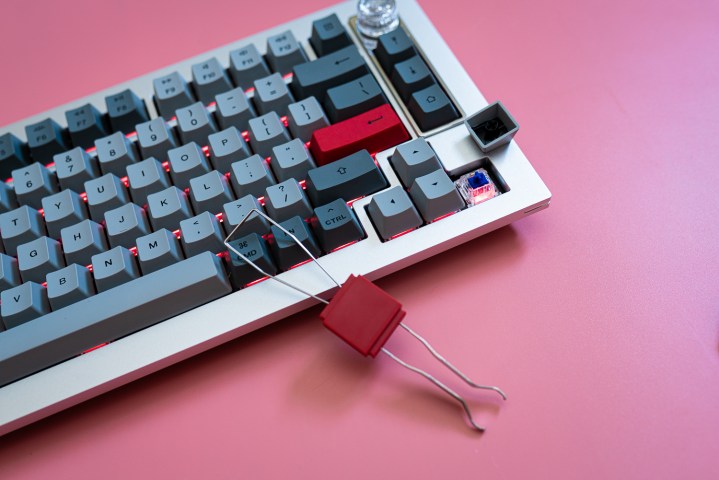
These changes may not seem like much, but they definitely enhance the already solid foundation of the Keychron Q1 Pro. Of course, you could just buy a Q1 Pro — it’s offering most of what the Keyboard 81 Pro does, short of the design, switches, and keycaps. But OnePlus isn’t charging much of a premium.
The Q1 Pro is $200 fully assembled, but you could easily spend $300 if you buy a barebones kit with keycaps and switches. The Keyboard 81 Pro is $220 for the Winter Bonfire version with PBT keycaps and $240 for the Summer Breeze version with Marble-mallow keycaps. That’s not a huge premium considering this is a tricked-out version of the Q1 Pro.
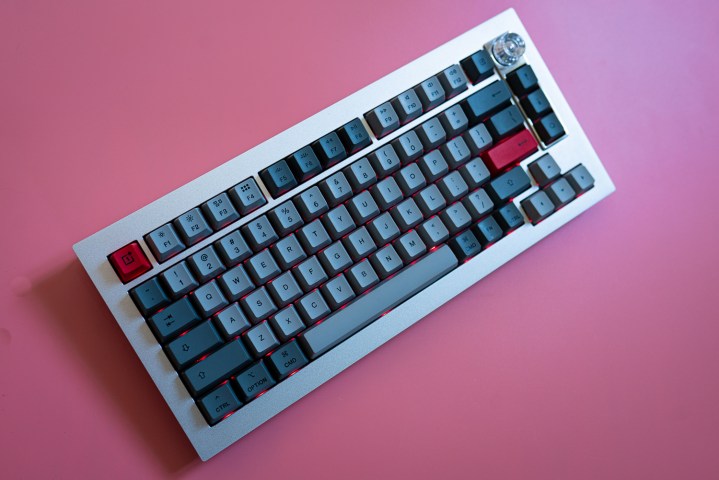
I certainly don’t mind the premium. The typing experience on the Keyboard 81 Pro is superb, and I actually like it a bit more than my custom-built Glorious GMMK Pro. It’s even better than the Asus ROG Azoth, and that keyboard retails for $250. And on the Azoth note, don’t write the Keyboard 81 Pro off for gaming. It’s a Keychron board, and it comes with OnePlus branding, but I was gaming on the Keyboard 81 Pro for two weeks without any issues, from Diablo IV to Destiny 2 to Dave the Diver (I think I need more alphabetic variety in my Steam library).
I knew how much I liked the Keyboard 81 Pro a few minutes after using it, and it has held up to that lofty expectation for weeks. I expected it to arrive at $300 or more given the typing experience, though. Now that I know the price of $200, it’s easy to recommend, regardless if you need a high-end keyboard for typing, gaming, or both.



